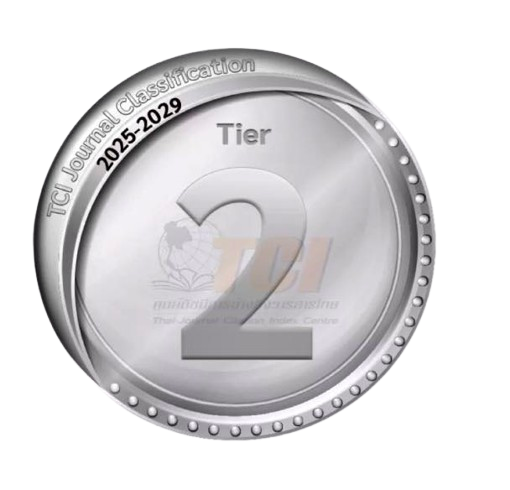Guidelines for the management of postoperative pain after total knee arthroplasty
Abstract
Currently, the number of patient who undergo total knee arthroplasty is increasing each year. This is due to the increasing elderly population. The development of effective prosthesis and surgical techniques can return a better quality of life. However TKA is a major surgery, associates with moderate to severe pain in the early postoperative period , it affects many physiological systems. Therefore, planning for pain management and physical therapy should be effective and have a practical guidelines to minimize the complication after surgery. Adequate postoperative analgesia is mandatory in order to allow for successful rehabilitation, lower the risk of postoperative complication , shorten hospital stay and faster recovery.
Most patients who undergo total knee arthroplasty are elderly. Poor pain management is a serious problem considering the substantially increasing the risk of adverse events, including myocardial ischemia and infarction, pulmonary dysfunction and thromboembolism that lead to a higher mortality rate. The most important concept pain management following TKA is the preemptive use of multimodal approach, which includes regional anesthesia, peripheral nerve block, periarticular injection and analgesic drugs. “Preemptive” refer to initiate pain management before surgical stimuli. In addition “Multimodal approach” means more than 2drugs or modalities with different mechanism or sites for synergistic effects. These two concepts have known to be effective for reducing the opioid consumption that has been associated with high complication rates. Therefore, the development of TKA care will be formalized clinical pathway and tracks to better optimize perioperative algorithms with regard to pain control and perioperative rehabilitation by based on new reliable researchs. A multidisciplinary team is also available to plan the care of patients from preoperative to postoperative periods and to have a good patient tracking system for standardized treatment.




